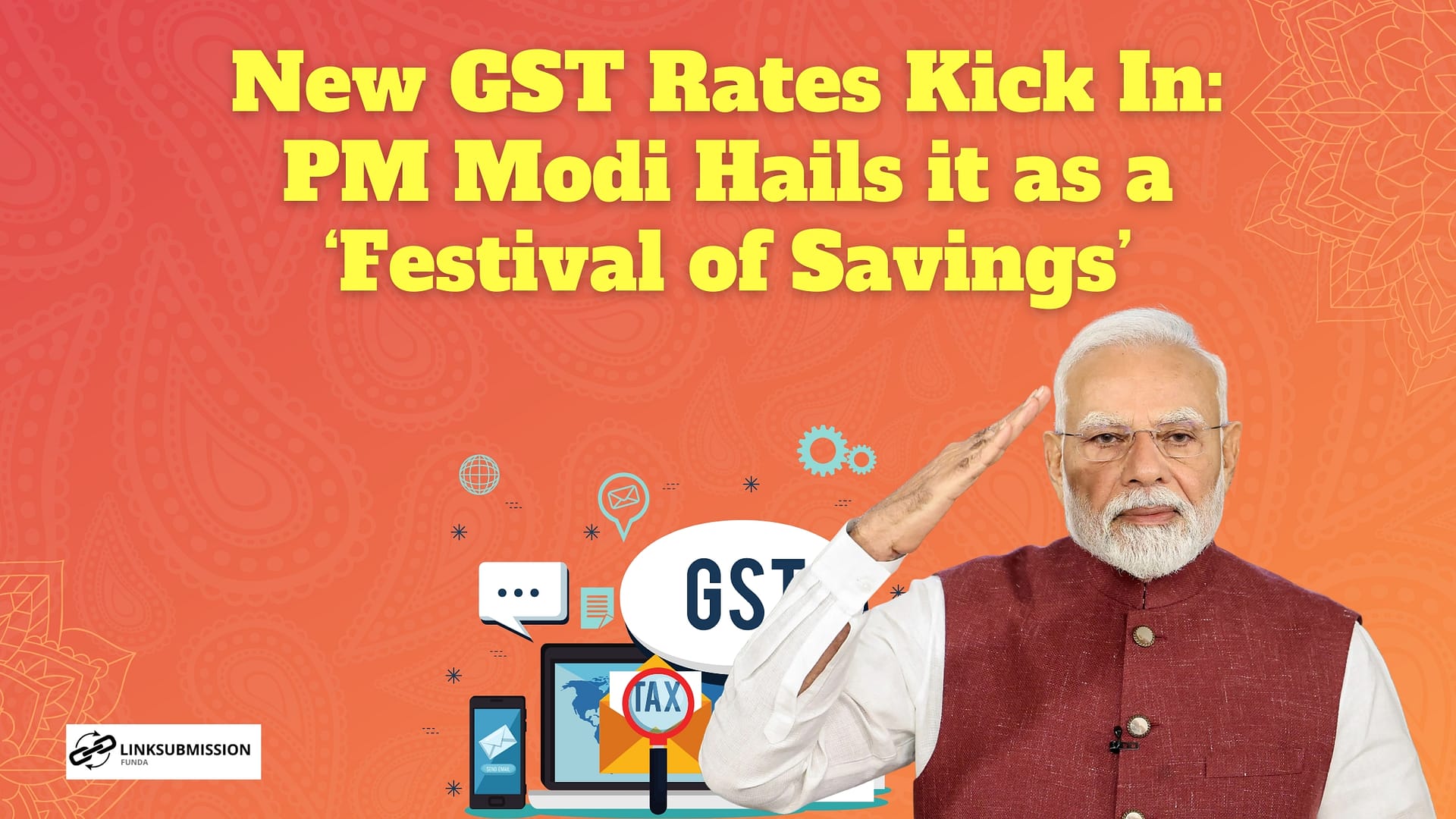Diwali has always been a festival of lights, hope, and new beginnings. This year, the Government of India has given citizens and businesses a historic gift that promises to brighten not just homes but the economy as well—the Next-Gen GST Reform. With the aim of reducing the burden on households, empowering farmers, uplifting small businesses, and boosting economic activity, this reform truly embodies the spirit of building an Aatmanirbhar Bharat.
The Vision Behind Next-Gen GST
The Goods and Services Tax (GST) was introduced to simplify India’s complex tax system, and over the years it has undergone several reforms. However, the Next-Gen GST marks a major shift. It is designed with a focus on Ease of Living, ensuring that both households and enterprises feel relief in their everyday expenses. By cutting down GST rates on essential goods, healthcare items, education materials, and even automobiles, the government has taken a big step to make products more affordable while stimulating economic growth.
Prime Minister Narendra Modi highlighted that this reform is a gift for every Indian, as it will lower taxes for the general public and provide substantial benefits to MSMEs and small entrepreneurs.
Major Highlights of the Reform
The Next-Gen GST reform covers a wide range of categories, making sure that savings reach every section of society. Here are some of the most significant changes:
1. Daily Essentials Become Cheaper
Basic items used in every household like hair oil, shampoo, toothpaste, shaving cream, and toilet soaps will now attract only 5% GST instead of 18%. Similarly, butter, ghee, cheese, dairy spreads, utensils, sewing machines, and even pre-packaged namkeens and mixtures have seen their GST rate slashed from 12% to 5%.
This reduction means that middle-class families can enjoy direct savings on their monthly budgets, making everyday living more affordable.
2. Relief in Healthcare Sector
Healthcare costs have been a rising concern for Indian families. The Next-Gen GST reform provides significant relief by reducing taxes on essential medical products. For instance:
- Individual health & life insurance: From 18% to Nil
- Medical grade oxygen, diagnostic kits & reagents, glucometers & test strips: From 12% to 5%
- Thermometers: From 18% to 5%
- Corrective spectacles: From 12% to 5%
By making these critical healthcare items more affordable, the government is directly addressing public health needs.
3. Support for Farmers & Agriculture
Agriculture remains the backbone of India’s economy, and the reform provides much-needed support to farmers. Key items like tractor tyres, tractors, drip irrigation systems, bio-pesticides, and forestry/agriculture machines have had their GST reduced to just 5%.
This step will help farmers lower their input costs, increase productivity, and enhance profitability. It’s a major boost for rural India, which in turn fuels the entire economy.
4. Affordable Education
Education is the foundation of a strong nation, and this reform ensures that learning materials are easily accessible. Items such as maps, charts, globes, exercise books, notebooks, pencils, sharpeners, crayons, and even erasers are now either exempted or reduced to Nil GST.
This move will benefit students, parents, and educational institutions, easing the financial burden of learning.
5. Automobiles Made Affordable
Automobiles are a key driver of industrial growth and employment. The GST on petrol, diesel, hybrid, and CNG cars has been reduced from 28% to 18% (for specific categories). Motorcycles below 350cc, 3-wheeler vehicles, and goods transport vehicles have also seen a similar reduction.
This change makes personal and commercial mobility more affordable, giving a push to the automobile sector which has been seeking revival.
6. Savings on Electronic Appliances
Household appliances such as air conditioners, televisions above 32 inches, monitors, projectors, and dishwashing machines now attract 18% GST instead of 28%.
This brings down the overall cost for consumers and encourages growth in the electronics and appliances market.
Process Reforms for Ease of Business
Beyond reducing GST rates, the government has also simplified processes for businesses:
- Automatic registration within 3 working days for applicants.
- Sanction of provisional refunds through system-based evaluation.
- Ensuring benefits for zero-rated supplies and inverted duty structures.
These reforms make compliance simpler, reduce delays, and ensure liquidity for small businesses and MSMEs.
A Boost for the Economy
The Next-Gen GST Reform is more than just a tax cut. It is a holistic step towards boosting consumption, reducing household expenses, supporting farmers, and reviving industries. With everyday items becoming cheaper, purchasing power increases, which in turn stimulates demand across sectors.
For MSMEs and small entrepreneurs, lower input costs and quicker refunds mean better profitability and ease of operations. Collectively, these changes will give a significant push to India’s economic growth story.
Conclusion
The historic Next-Gen GST Reform truly stands as a Diwali gift for the nation. By making essentials, healthcare, education, agriculture, automobiles, and electronics more affordable, it reflects the government’s commitment to making life simpler and supporting every citizen—from farmers to enterprises, households to businesses.
As India continues on its journey of becoming a $5 trillion economy, reforms like these will play a crucial role in ensuring inclusive growth and a brighter future for all.





